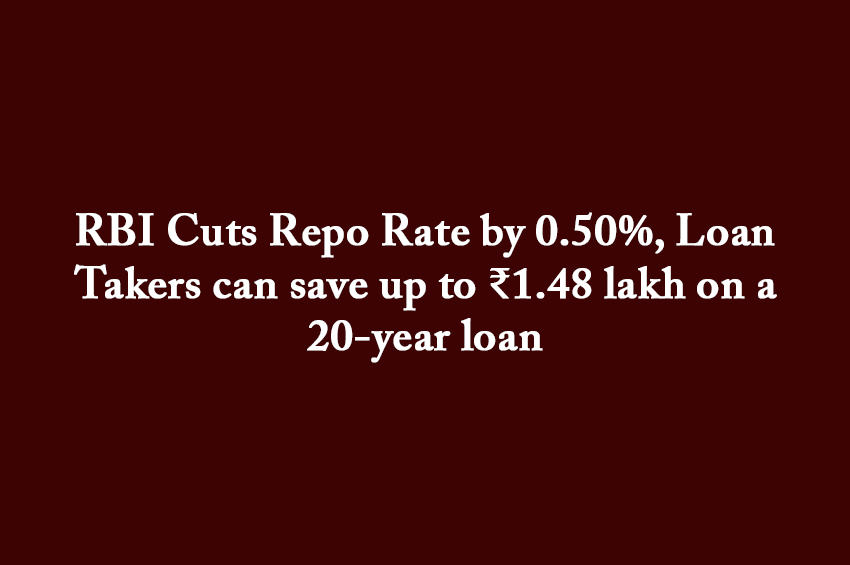Winning Bizness Desk
Mumbai. The Reserve Bank of India has reduced the repo rate by 0.50%, bringing it down to 5.50%. This marks the third rate cut in 2025, taking the cumulative reduction to 1% so far this year. The decision came after a three-day meeting of the Monetary Policy Committee (MPC) held from June 4 to 6. RBI Governor Sanjay Malhotra announced the move on June 6, emphasizing that this step aims to ease loan burdens on customers and boost economic activity.
Loans to become cheaper, EMI burden to reduce
If banks pass on the benefit to customers, loan EMIs are expected to decrease in the coming weeks. This is good news for homebuyers, car buyers, and existing borrowers alike. For example, a ₹20 lakh loan taken for a 20-year term would result in savings of around ₹1.48 lakh. Similarly, a ₹30 lakh loan could lead to a benefit of ₹2.22 lakh over the loan period. The change applies to both new and existing borrowers as per prevailing floating interest rates.
CRR reduced to increase liquidity in market
Alongside the rate cut, the RBI has also reduced the Cash Reserve Ratio (CRR) by 1%, from 4.00% to 3.00%. This move is expected to release ₹2.5 lakh crore into the financial system, giving banks more room to offer credit. CRR is the portion of total deposits that banks are required to keep with the RBI. A lower CRR means banks can lend more money, potentially at lower interest rates, which could further stimulate market demand and investments.
Impact on real estate and housing sector
Experts say this step will significantly benefit the real estate sector. Aman Trehan, Executive Director of Trehan Iris, said the 0.50% cut will encourage home buying, particularly in the luxury housing segment. He added that the CRR cut will improve liquidity, helping banks deliver the benefits more effectively to consumers. Increased housing demand will help reduce unsold inventory and support the launch of new housing projects across key urban markets.
Why RBI cuts rates: A balancing act
The RBI adjusts repo rates to control inflation and support economic growth. A higher rate discourages borrowing, reducing money flow and inflation. Conversely, when the economy requires a push, the repo rate is lowered to make loans cheaper, boost spending and stimulate recovery. With inflation relatively under control this year, the central bank has opted for a series of rate cuts to boost credit demand and support growth momentum across sectors.
Monetary Policy Committee’s structure and meeting schedule
The MPC consists of six members—three from RBI and three appointed by the central government. It meets every two months to review the economic situation and adjust key policy rates accordingly. The RBI has already released the 2025-26 meeting schedule, confirming six policy reviews for the financial year. The first of these was held from April 7 to 9. The June session marks the second for this fiscal.
Key Summary Points:
1. RBI has reduced the repo rate by 0.50% to 5.50%, the third cut this year.
2. Total 1% cut in repo rate since February 2025, aimed at making loans more affordable.
3. Home and auto loan EMIs likely to fall, with up to ₹1.48 lakh benefit on a ₹20 lakh loan.
4. RBI also slashes CRR by 1%, injecting ₹2.5 lakh crore liquidity into the system.
5. Real estate sector, especially luxury housing, expected to see a strong demand push.
6. Lower interest rates may boost borrowing, improve market sentiment and drive consumption.
7. MPC meets bi-monthly with six members—three from RBI and three nominated by the government.


